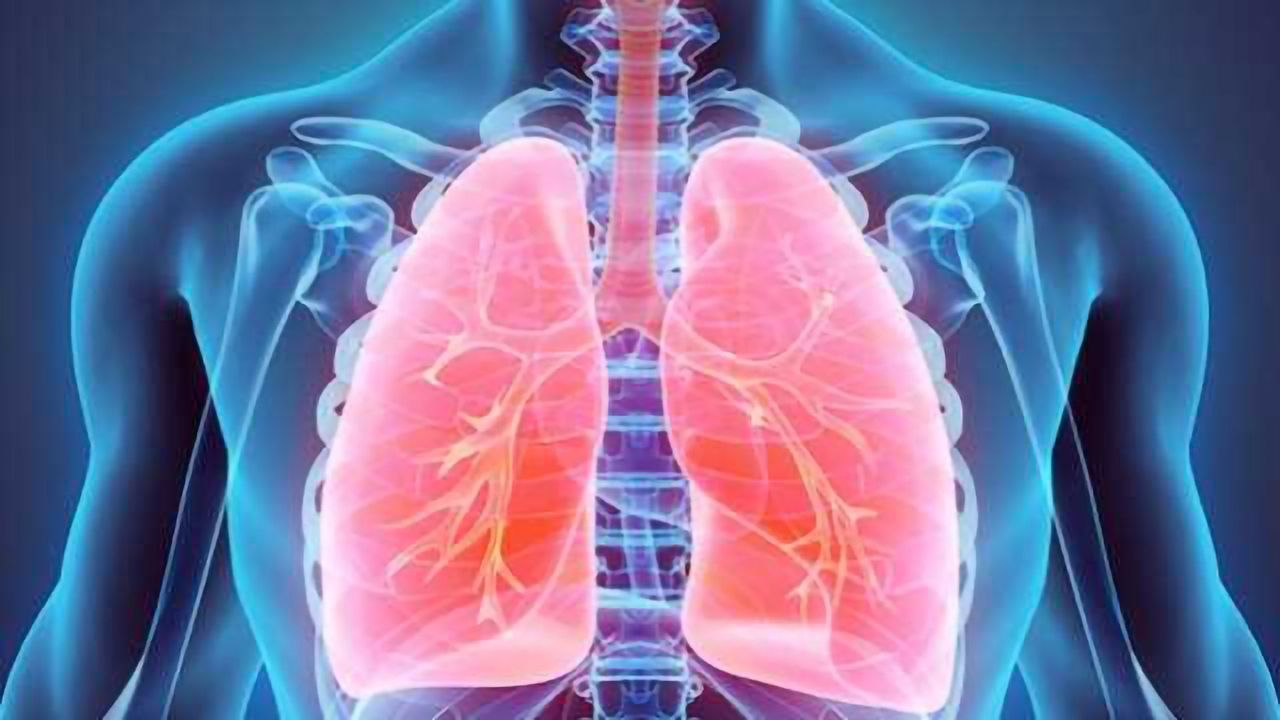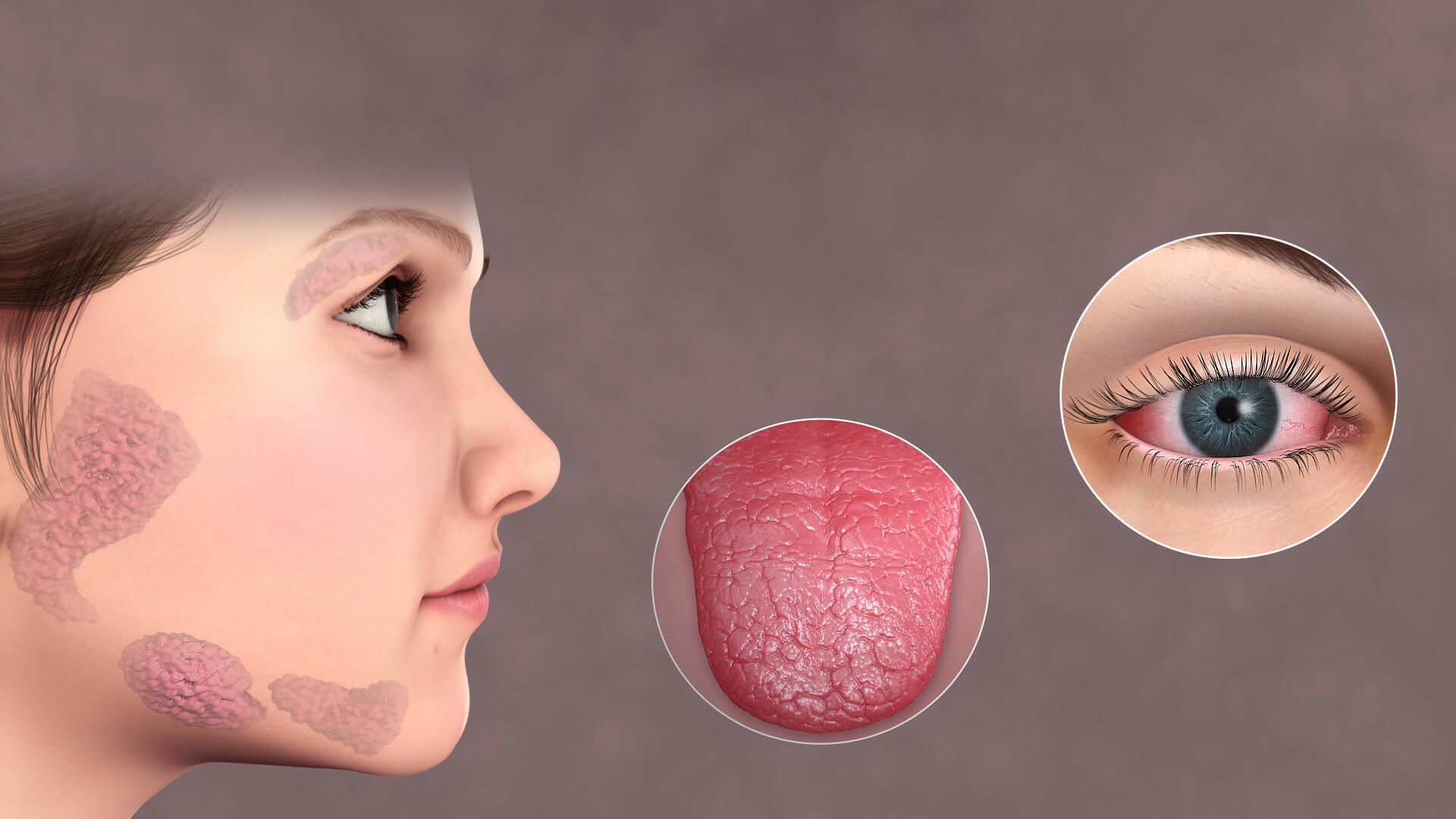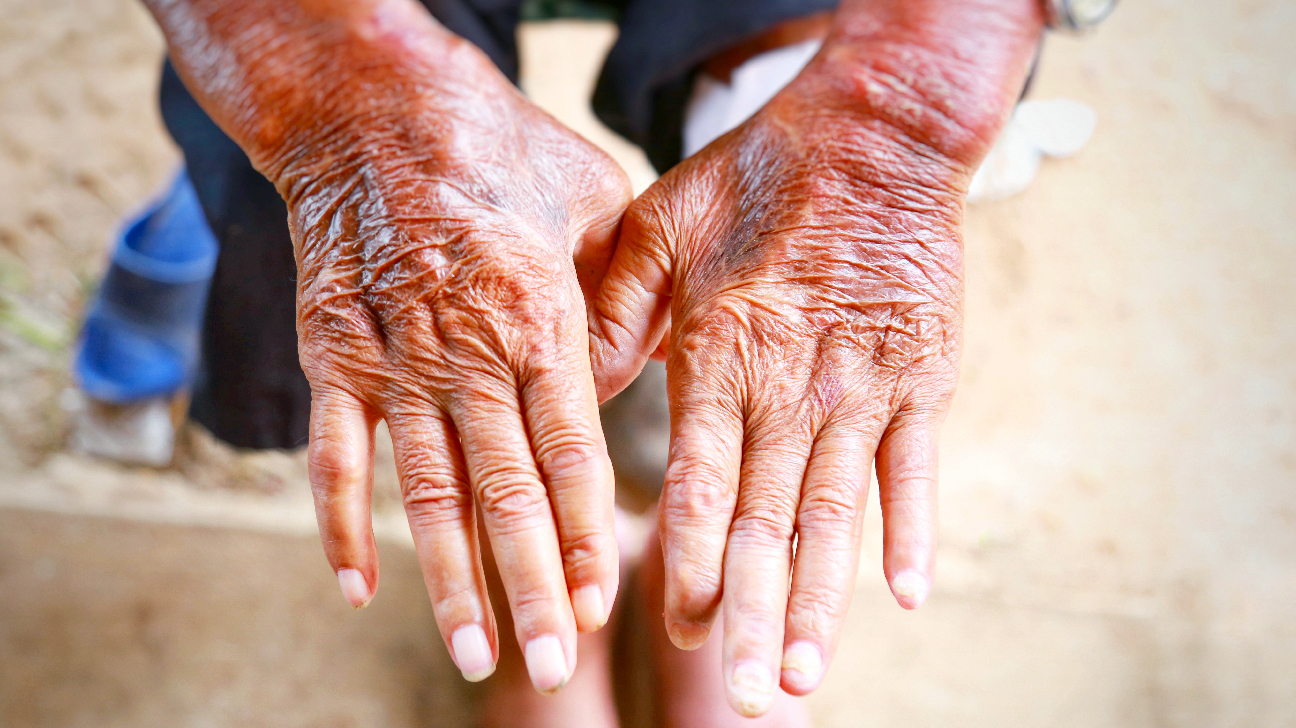Sarcoidosis is an inflammatory disease in which granulomas, or clumps of inflammatory cells, form in various organs. This causes organ inflammation.
Sarcoidosis may be triggered by your body’s immune system responding to foreign substances, such as viruses, bacteria, or chemicals.
The areas of the body commonly affected by sarcoidosis include:
lymph nodes | lungs |eyes | skin | liver | heart | spleen |brain
What are the symptoms of sarcoidosis?
Some people with sarcoidosis don’t have any symptoms. However, general symptoms may include:
- fatigue
- fever
- weight loss
- joint pain
- dry mouth
- nosebleeds
Symptoms vary depending on the part of your body that’s affected by the disease. Sarcoidosis can occur in any organ, but it most commonly affects the lungs. Lung symptoms can include:
- a dry cough
- shortness of breath
- wheezing
- chest pain around your breastbone
Skin symptoms can include:
- skin rashes
- skin sores
- hair loss
What causes sarcoidosis?
The exact cause of sarcoidosis is unknown. However, sex, race, and genetics can increase the risk of developing the condition:
- Sarcoidosis is more common in women than in men.
- People of African American descent are three times more likely to develop the condition than white people. They’re also more likely to have severe disease.
- People with a family history of sarcoidosis have a significantly higher risk of getting the disease.
Sarcoidosis rarely occurs in children. Symptoms usually appear in people between the ages of 20 and 40.
How is sarcoidosis diagnosed?
It can be difficult to diagnose sarcoidosis. Symptoms can be similar to those of other diseases, such as arthritis or cancer. Your doctor will run a variety of tests to make a diagnosis.
Your rheumatologist will first perform a physical examination to:
- check for skin bumps or a rash
- look for swollen lymph nodes
- listen to your heart and lungs
- check for an enlarged liver or spleen
Based on the findings, your doctor may order additional diagnostic tests and blood tests to check your kidney and liver function.
Stages of sarcoidosis
Sarcoidosis can affect any part of the body, but it commonly impacts the lungs. Pulmonary sarcoidosis, or sarcoidosis of the lungs, can be categorized into four stages.
Staging helps doctors understand how advanced the condition is. It can also help them understand which treatments might be right for you.
A stage is assigned after a chest X-ray. This imaging test reveals several important factors about how the condition is affecting your lungs. Stage 1 to stage 4 are the crucial phases that progress from mild to advanced .
How is sarcoidosis treated?
There’s no cure for sarcoidosis. However, some people do not need treatment for sarcoidosis. Symptoms often improve without treatment. This is called “spontaneous remission.”
Treatment may be needed if the disease affects your:
- eyes
- lungs
- heart
- nervous system
If you do need treatment, your doctor will assess your symptoms and how advanced the condition is. They may prescribe medications to help suppress the immune system and reduce inflammation. This can ease the symptoms of sarcoidosis.
Medications used to treat sarcoidosis include:
- Corticosteroids. Prednisone is the most commonly prescribed treatment for sarcoidosis. However, the side effects of this medication can be severe, so it may only be prescribed for a short period of time.
- Disease modifying antirheumatic drugs (DMARDs). DMARDs are medications that suppress the immune system. They may slow the progression of sarcoidosis and reduce symptoms. Examples include methotrexate (Trexall), azathioprine (Azasan), and leflunomide (Arava).
- Antimalarial agents. Medications like hydroxychloroquine (Plaquenil) may be helpful for sarcoidosis symptoms that affect the skin and joints.
- Biologic agents. These medications are used to stop an overactive immune system. They have significant side effects, so they’re typically reserved for people whose bodies do not tolerate other medications. Examples include rituximab (Rituxan), infliximab (Remicade), and golimumab (Simponi).
The length of any treatment will vary. Some people take medication for 1 to 2 years. Other people may need to take medication for much longer.
What are the potential complications of sarcoidosis?
Most people who receive a diagnosis of sarcoidosis don’t experience complications. However, sarcoidosis can become a chronic, or long-term, condition. Other potential complications may include:
- lung infection
- retinal damage from chronic inflammation
- cataracts , which are characterized by clouding of the lens in your eye
In rare cases, sarcoidosis causes severe heart and lung damage. If this occurs, you may need immunosuppressive medications.
It’s important to contact your doctor if you have:
- breathing difficulties
- heart palpitations , which occur when your heart is beating too fast or too slow
- changes in your vision or loss of vision
- eye pain
- sensitivity to light
- facial numbness
These can be signs of dangerous complications.
Your doctor may recommend that you see an optometrist or ophthalmologist because this disease can affect your eyes without causing immediate symptoms.
What is the outlook for someone with sarcoidosis?
The outlook is generally good for people with sarcoidosis. Many people live relatively healthy, active lives. Symptoms often improve with or without treatment in about 2 years.
In some cases, however, sarcoidosis can become a long-term condition. If you need help coping, you can talk with a rheumatologist or join a sarcoidosis support group.



